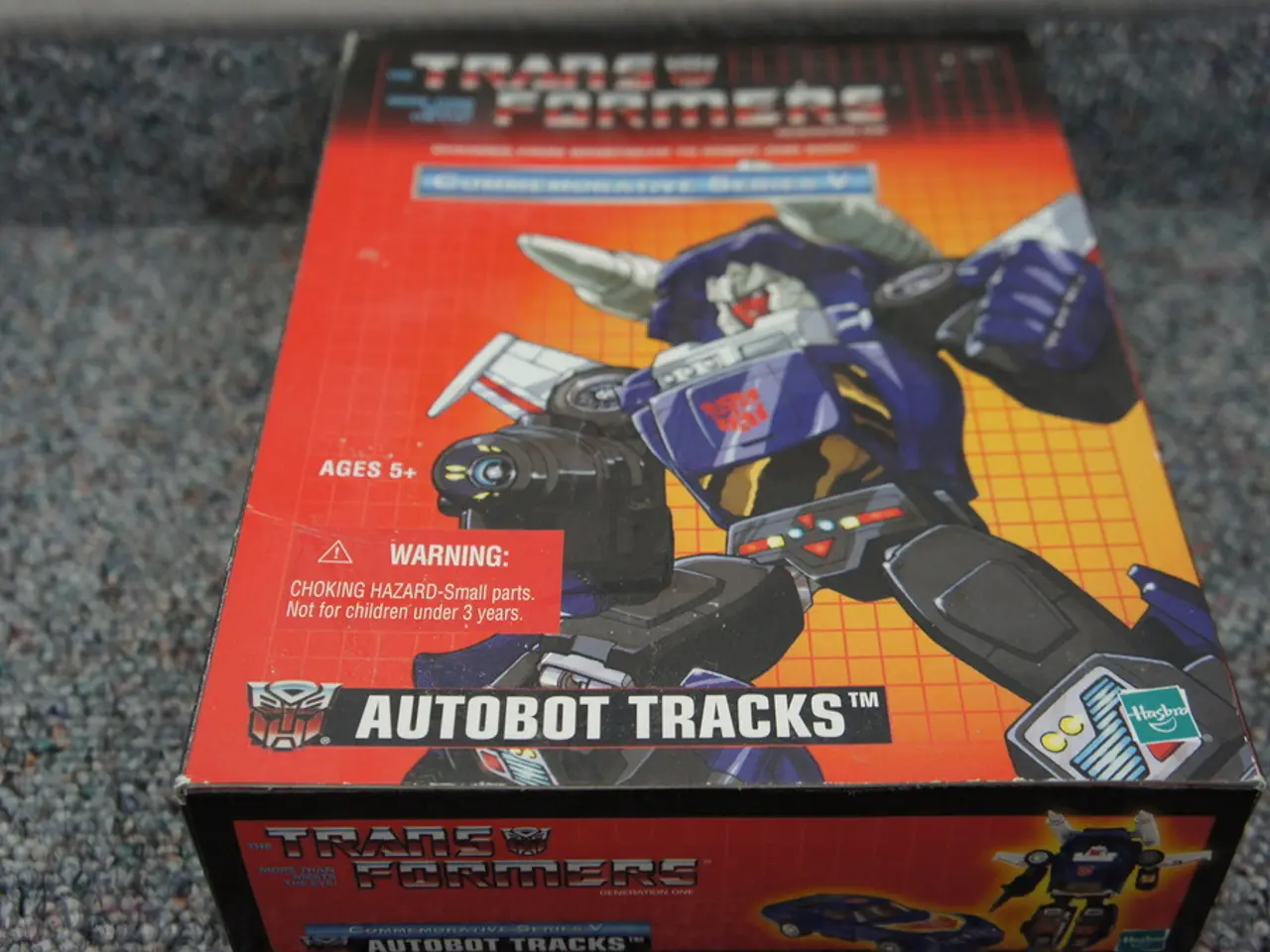Expand Your Horizons with Minimal Resources: Embrace Ambitious Ideas in Automation Implementation
In today's rapidly evolving supply chain landscape, the need for automation has become more pressing than ever. To drive end-to-end orchestration and long-term business resilience, automation must be embedded into the fabric of supply chain operations. However, for automation to be truly effective, it must be explainable and trusted by all stakeholders.
To achieve this, organizations should focus on implementing targeted automation in their supply chain planning. Here are six key strategies that integrate industry insights and proven best practices:
1. **Define Clear Business Goals and Align Automation Initiatives**
Link automation to measurable business outcomes such as reduced fulfilment time, improved customer service, or increased supply chain resilience. Develop a transformation roadmap with a clear, actionable vision, establishing KPIs that connect supply chain initiatives to broader business objectives.
2. **Adopt a Phased, Piloted Approach**
Start with pilot projects in one region or product line to validate ROI and refine the strategy before broader deployment. Focus on automating high-impact, repetitive tasks such as back-office operations, logistics optimization, and warehouse automation.
3. **Leverage Holistic Automation and Data Integration**
Implement automation across end-to-end processes—from demand planning and inventory management to logistics and fulfilment. Integrate data management and analytics to enable real-time visibility, scenario modeling, and predictive analytics.
4. **Engage Cross-Functional Stakeholders**
Collaborate with stakeholders from procurement, logistics, finance, and sales to ensure alignment of priorities, address concerns early, and maintain accountability. Foster a culture of digital transformation by training teams and encouraging change management to overcome resistance to new technologies.
5. **Prioritize Flexibility and Resilience**
Build flexibility into supply chain design by customizing distribution and sourcing strategies according to specific operational and strategic needs. Use AI-driven predictive analytics to anticipate disruptions, optimize logistics, and respond rapidly to economic and demand changes.
6. **Continuously Monitor and Optimize**
Monitor industry trends and market shifts to stay ahead of risks and opportunities. Regularly review and optimize automated processes for continuous improvement and sustained competitive advantage.
By following these targeted strategies, organizations can drive business value, enhance resilience, and differentiate themselves in an increasingly dynamic and competitive marketplace. Continuously monitoring key metrics helps teams assess the impact of automation and provides opportunities for continuous improvement.
Matt Hoffman, Vice President of Product and Industry Solutions at John Galt Solutions, emphasizes the importance of these strategies, specializing in delivering transformational solutions across a diverse range of clients in manufacturing, distribution, and retail. In an era where doing more with less is critical, targeted automation is the key to unlocking sustained value and maintaining a competitive edge.
However, companies must prioritize transparency and usability to ensure success in AI adoption. Performance tracking is essential for fostering AI adoption, including monitoring automation adoption rates, decision quality, and user engagement. Transparency and usability are crucial for successful adoption of AI in supply chain, ensuring that AI predictions are explainable and trustworthy, leading to higher adoption rates across organizations.
- To enhance the effectiveness of automation in supply chain operations, businesses must align initiatives with personal-finance goals such as reducing costs or increasing profits, ensuring that automation contributes to financial success.
- The integration of artificial intelligence (AI) in supply chain analytics can provide data-and-cloud-computing insights for real-time forecasting, demand prediction, and inventory management, assisting in optimization and enhancing business agility.
- Effective automation in transportation involves the use of technology to streamline activities, from route planning and package tracking to scheduling and dispatching, which leads to faster, more efficient, and cost-effective deliveries.
- By leveraging technology like learning management systems, workers can develop necessary skills and knowledge to adapt to changes in the logistics industry, ensuring that they can operate and maintain automated systems effectively.
- To minimize risks associated with supply chain disruptions, firms can harness the power of AI and financial modeling for supply chain risk management, forecasting potential pitfalls, and developing mitigation strategies to secure their long-term business sustainability.




